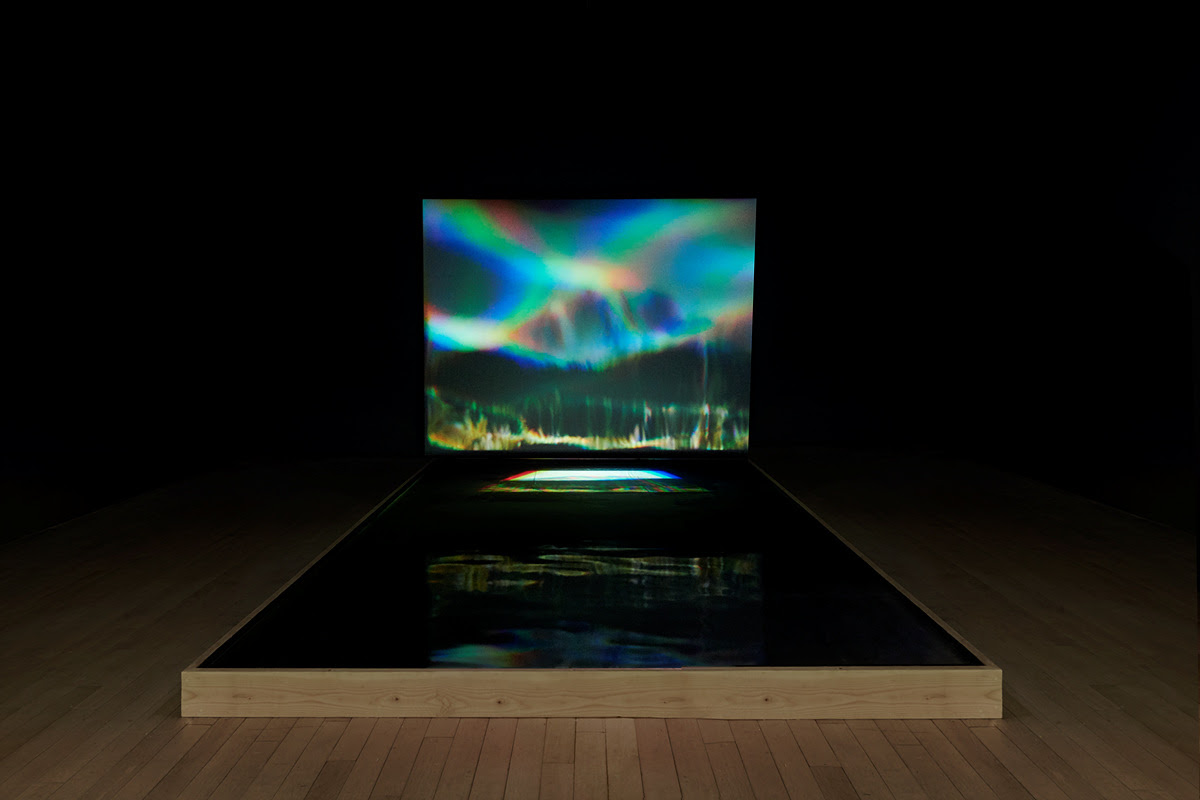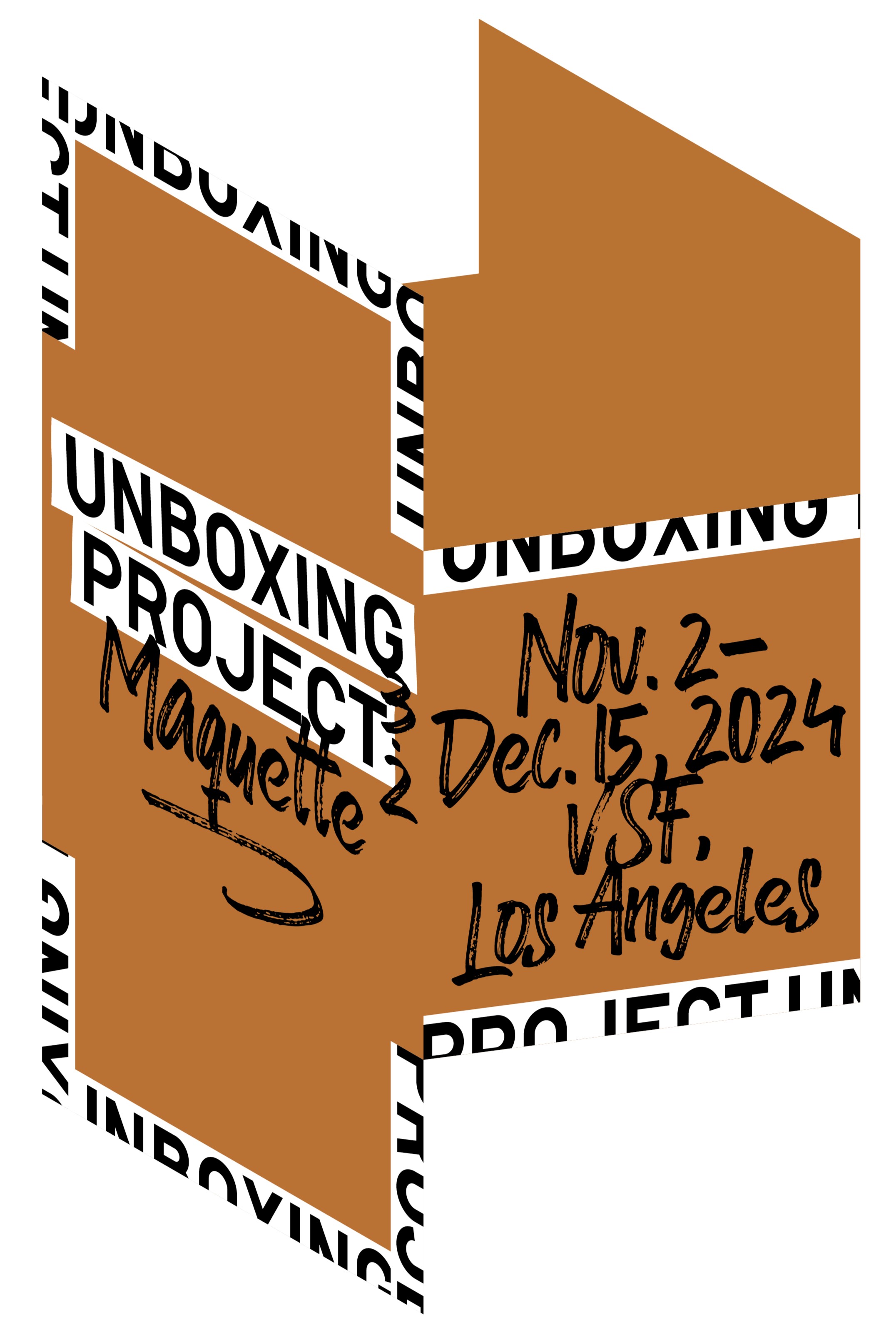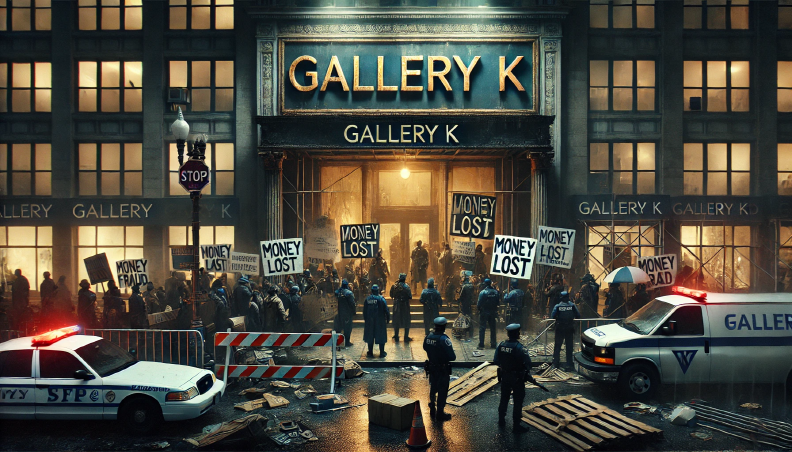 “Flip Over” Installation view at ThisWeekendRoom ©ThisWeekendRoom
“Flip Over” Installation view at ThisWeekendRoom ©ThisWeekendRoomThisWeekendRoom presents duo exhibition “Flip Over” through February 17. This exhibition explores the power of ambivalence hidden in the artistic practices of these two artists, Philip Loersch and Seongjoon Hong, who are based in Germany and South Korea respectively. They move between form and materiality, interested in dismantling the solidity of culture and logic created by previous generations and discovering a renewed visual vocabulary in between.
Loersch has been working on drawings, sculptures and installations that take mathematical formulas, scientific propositions and symbols of cultural origin and give them an aesthetic dimension in his way. Often on the surface of stone or blank pages of books, he persistently draws sections of pages from books on Greek civilization, Donatello, minimalism, color, and more. His work refutes the power and weight of history that books imply while transforming them into unknown objects whose contents can no longer be easily accessed. He creates fine cracks in the logical structures that are created in search of explicit principles or answers. And he recognizes that more cultural diversity and room for formative imagination can be absorbed into the work, beyond the letters sealed by the hard surface and heavy mass.
On the other hand, Hong’s Illusion, which is infinitely thin and light, is based on the recognition that what is presented in the painting is the result of the combination and progression of numerous commodity materials. He has repeatedly drawn scenes with layers of smooth, thin, or translucent membranes, secretly exposing the flat canvas surface and the materials that compose it. However, he goes a step further and begins to devise a form in which the material utilized as a means of painting on the canvas can stand on its own as a pragma. He uses this dual mechanism in his works; returning the images he reproduces into the physical conditions of the painting, and extracting the hint of representation from the material itself.
Loersch digs into the accumulation of texts and visual symbols that solidify the canons of art and culture with his own visual languages, while Hong builds a network of relationships between visual representation and physical experience by extending the characteristics of constantly discovered new painting materials to the characteristics of contemporary environments. Thus, the two artists fulfill one side of the representation, but then flip over to the other side, dreaming of physical combinations and variations that will offset the sanctity of the old discourse.













